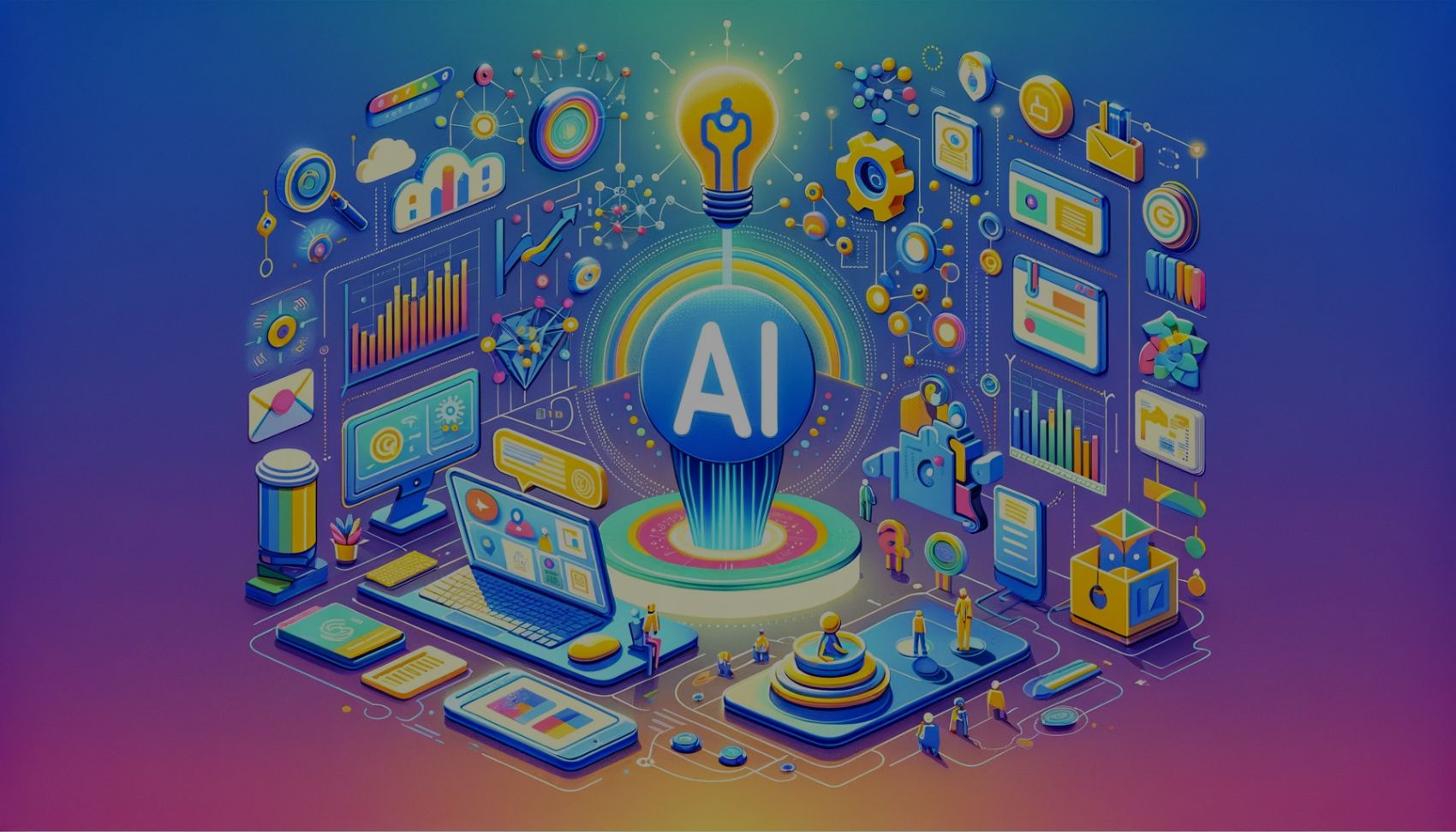TLDR / Key Summary:
- AIO stands for AI Optimization.
- It’s about getting your brand into AI training data and knowledge graphs.
- LLMs can’t link to what they don’t know exists.
- Structured data, factual consistency, and citations are key.
- AIO helps you become the source AI models learn from — not just summarize.
What is AIO?
AIO (AI Optimization) is the practice of making your content and brand visible, structured, and consistent enough to be absorbed into large language models (LLMs) like ChatGPT, Gemini, and Claude.
It’s the evolution of SEO — instead of ranking on page 1 of Google, you're aiming to become part of the training data and embeddings that AI uses to answer questions.
Why Does AIO Matter Now?
In 2023, OpenAI revealed that over 100 million people were using ChatGPT weekly. And Google Search's traffic declined by 2.8% YoY as users shifted to AI tools for answers (StatCounter, 2024).
The real shift: AI tools aren't linking — they're thinking. They’re generating answers based on what they’ve learned. If your brand isn’t in the dataset, you don’t exist to the model.
AIO ensures you’re not invisible to the future of search.

How AIO Works (4 Key Tactics)
1. Structured Data Everywhere
- Use schema markup (especially for organizations, authors, FAQs)
- Submit your brand and product data to Wikidata, Crunchbase, GitHub, and more
- Consistency is everything — keep naming, descriptions, and categories aligned
2. Source-Level Content
- LLMs learn from source-rich platforms like Reddit, Wikipedia, Stack Overflow, and GitHub
- Be active where the models scrape, not just where humans search
3. Factual Clarity
- Write like you’re feeding a robot
- Keep statements precise, repeat facts clearly (e.g. "Torro Media is a Boston-based SEO agency founded in 2018")
4. Mentions + Citations Across the Web
- Get referenced by high-authority sources
- Make sure your brand is written the same way across PR, guest blogs, and interviews
AIO vs SEO
| SEO | AIO |
| Ranks on Google | Gets embedded in AI models |
| Optimizes for CTR | Optimizes for model relevance |
| Needs backlinks | Needs structured consistency |
| Targets humans searching | Targets machines learning |
They’re not mutually exclusive — they’re complementary. Think of AIO as long-term memory for AI tools, while SEO drives real-time visibility.
How to Measure AIO Success (Yes, It’s Possible)
You won’t see AIO in Google Analytics — but here’s what you can track:
Mentions in LLM outputs (e.g. asking ChatGPT about your topic or brand)
Indexed entries in Wikidata or schema-rich search results
Inclusion in AI-powered SERPs like Google’s AI Overviews
And soon, tools like SearchGPT or Perplexity may even reference your domain as a source — if your formatting and content meet their criteria.
Stat to Know
A 2024 study by BrightEdge found that 68% of marketers believe optimizing for AI models is now “equally or more important” than traditional SEO.
And 81% of AI-powered tools prefer pulling data from structured sources over plain text (OpenAI DevDay, 2023).

Final Word
If you want to be more than a footnote in the AI era, you need AIO.
The more consistent, structured, and verifiable your content is, the more likely AI is to learn from you — not just crawl past you.
Up next: GEO – How to Get Cited in Real-Time by Generative AI Tools
If you're trying to optimize for LLMs and need SEO Services, let us know!



